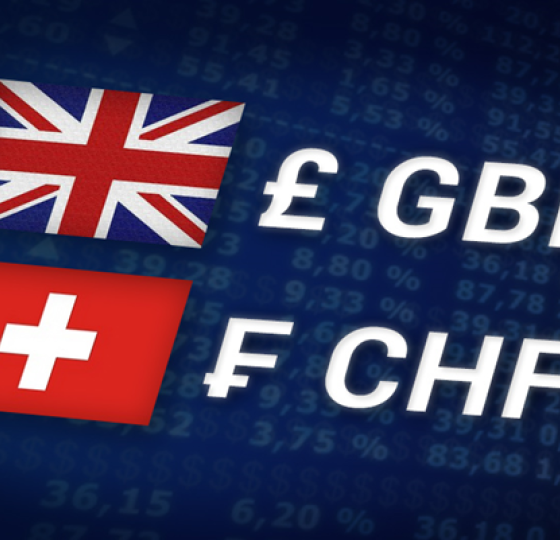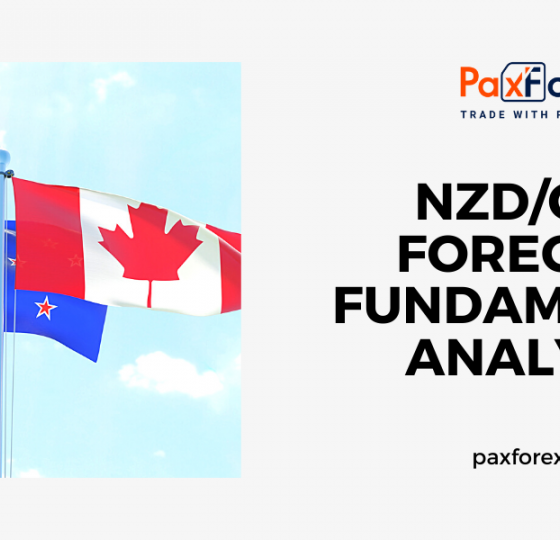Source: PaxForex Premium Analytics Portal, Fundamental Insight
Oracle's stock performance in 2023 has been quite a rollercoaster. Initially, the stock showed promise by surging over 50% year-to-date, only to take a hit of 13% following the release of the company's earnings report on September 11th. This sudden decline raises questions about the severity of the earnings report's impact on Oracle's prospects. Is it time to abandon ship when it comes to Oracle stock, or could there still be potential for gains? Let's delve deeper to determine if it's too late to ride Oracle's upward momentum or if an opportunity for buying exists.
Oracle has long been a stalwart in the realm of "old-school" tech stocks. Its enterprise resource planning (ERP) software has served as the foundation of the company for a considerable duration, catering to the essential software needs of nearly every manufacturing business. However, a challenge arose as most companies adopted Oracle's software or similar offerings from competitors, leaving limited room for further expansion.
This conundrum persisted until Oracle's cloud infrastructure product gained significant traction. This product competes head-to-head with industry giants such as Amazon and Microsoft in the realm of cloud computing. Oracle, though, holds its ground with notable clients like Nvidia, a leader in artificial intelligence (AI). Oracle's claim of having "the highest performance, lowest cost GPU cluster technology in the world" positions it ideally for cloud workloads centered around high-performance computing, particularly in AI, where the reliance on GPUs (graphics processing units) is substantial.
In the past five years, Oracle has been a standout performer in the stock market, delivering an impressive total return of nearly 150%, outshining the S&P 500's 70%. However, the broader market is now beginning to catch on to its success.
A significant factor contributing to Oracle's remarkable ascent has been the phenomenon known as multiple expansion. This happens when investors are willing to pay a higher price for a company's stock due to their optimistic outlook for its future performance. In the years spanning 2019 and 2020, Oracle faced a lack of investor confidence, leading to a relatively low valuation, trading at around 15 times earnings. Yet, as Oracle's cloud computing business gained momentum, investors reassessed its worth and deemed it deserving of a higher valuation.
However, when Oracle failed to meet the lofty expectations set by investors, the premium they were willing to pay for the stock began to diminish. This scenario unfolded after Oracle's first-quarter fiscal year 2024 results (ending August 31st) were reported.
In that quarter, Oracle's revenue only increased by 9%, falling short of analysts' projections. Additionally, the company's second-quarter guidance was uninspiring, with revenue expected to grow by just 4% year over year. It's challenging for a company to maintain a premium valuation when its growth is sluggish, and Oracle's stock valuation suffered as a result.
While Oracle's cloud computing products performed admirably, constituting 37% of its total revenue and growing at a 30% pace, other aspects of the company's business continued to face challenges.
So, is it too late to invest in Oracle's stock? The answer appears to be yes. Despite the success of its cloud division, the rest of Oracle's business remains weak. With the catalyst of multiple expansion seemingly exhausted, it wouldn't be surprising to witness multiple contraction in the coming years, potentially causing the stock to move sideways if it continues to deliver lackluster results.
There are more promising investment opportunities available for those seeking exposure to cloud computing, ones that are not only more cost-effective but also exhibiting more robust growth. It's advisable to explore these alternatives before considering an investment in Oracle.
As long as the price is above 107.00, follow the recommendations below:
- Time frame: D1
- Recommendation: long position
- Entry point: 112.11
- Take Profit 1: 120.00
- Take Profit 2: 127.50
Alternative scenario:
If the 107.00 level is broken-down, follow the recommendations below: :
- Time frame: D1
- Recommendation: short position
- Entry point: 107.00
- Take Profit 1: 103.00
- Take Profit 2: 98.00













